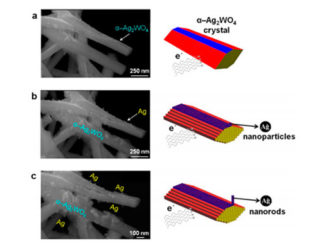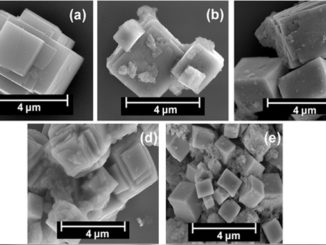
Writers: E.C. dos Santos; D.C. Freitas and I. Fier; J.C. Fernandes; M.A. Continentino; A.J.A. de Oliveira and L. Walmsley
Keywords: A. Ludwigites; D. NDR; D. Joule heating; D. Charge order depinning; D. Oscillations
Abstract: I–V curves showing negative differential resistance (NDR) are reported for single crystals of Co2FeO2BO3 at 315 K and 290 K and for Fe3O2BO3 at 300 K, 260 K and 220 K. Resistivity measurements are presented for both systems, parallel and perpendicular to the c axis, in the range 315–120 K. The high hysteretic behavior of the I–V curves in Co2FeO2BO3 around room temperature is discussed and the heat dissipated is estimated, suggesting an increase in the sample temperature of almost 22 K for the I–V curve at 315 K and a dominant contribution of Joule self-heating for the observed NDR. In contrast, insignificant hysteresis is observed on the I–V curves of Fe3O2BO3 around room temperature. The depinning of charge order domains is suggested as the main contribution to the NDR phenomenon for Fe3O2BO3. The high reproducibility of the NDR in the Fe3O2BO3 single crystal allows its use as a low frequency oscillator, as it is demonstrated.




